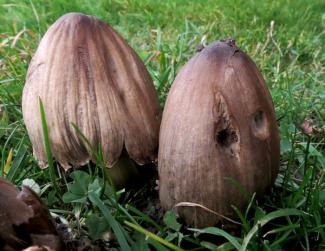
BEES hosts a Wildlife Field Visit Programme throughout the year.
The programme aims to explore a range of habitats to study their natural history and management issues relating to their upkeep. The programme is organised and delivered by a committed and knowledgeable group of volunteers.
The list below shows information about past visits. For reports and photos about these visits please visit:
* Blog
* Photos
